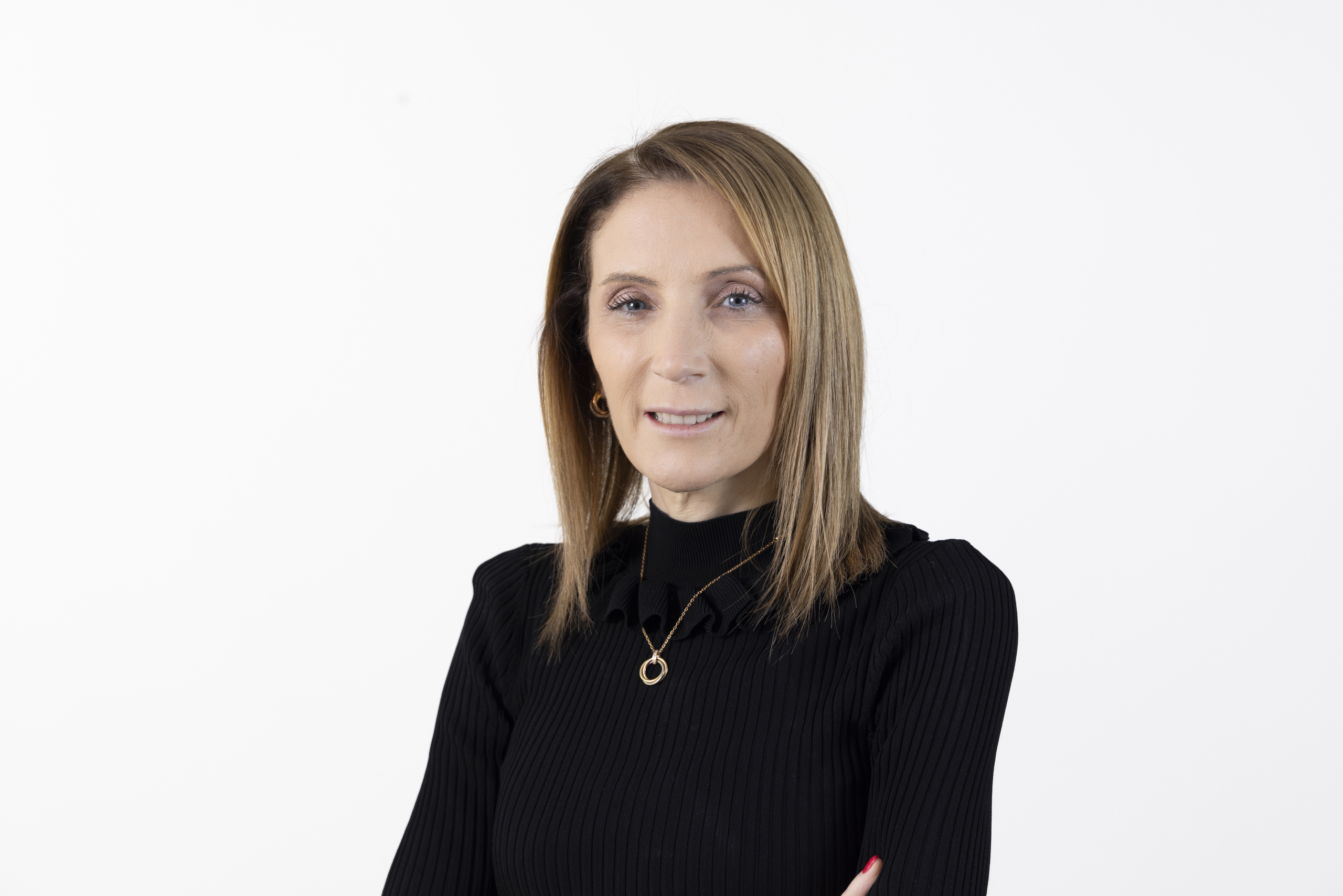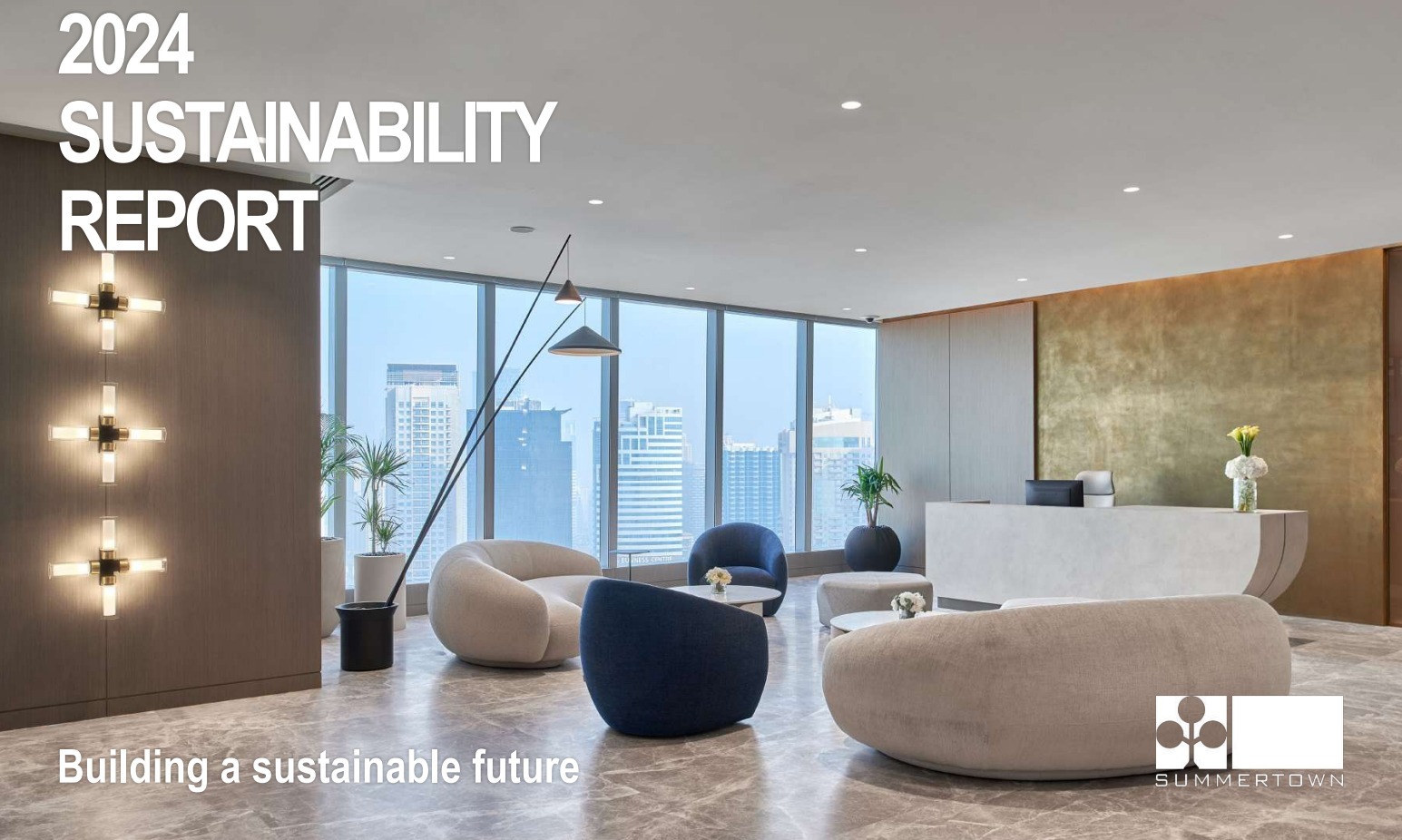Businesses in Dubai have embraced a new vision for office design, with traditional layouts giving way to dynamic, adaptive workspaces. Offices are adapting to become future-ready spaces that combine flexibility, smart technology integration, and sustainable practices. This shift has been driven by the growing need to improve productivity, enhance employee well-being, and reduce environmental impact while remaining competitive in a rapidly evolving market. Companies now invest in sustainable office fit out solutions in Dubai to address their current challenges, and prepare them for a more productive and connected future.
This article explores how leading office fit out companies and skilled fit out contractors in Dubai are driving this transformation. We explore innovative design solutions, flexible layouts, and eco-friendly practices that form the basis of the sustainable office fit out in Dubai. Additionally, we delve into the role of smart technology integration in creating responsive workspaces. Read on to discover the practical strategies and proven methods that can ensure modern offices are equipped to face tomorrow’s challenges.
The Emergence of Future-Ready Offices and Sustainable Fit Outs in Dubai
Significant transformations have taken place within Dubai’s commercial interiors in recent years. Businesses have embraced future-ready offices designed to support a variety of work styles — from collaborative team projects to focused individual tasks — while still adhering to sustainability principles. The shift towards choosing a sustainable office fit out in Dubai has been driven by several strategic imperatives, including cost reduction, improved employee satisfaction, and enhanced environmental performance.
Government initiatives have also played a pivotal role in setting the framework for these sustainable changes. Several programmes have encouraged the adoption of green technologies and energy-efficient practices throughout the emirate including Smart Dubai, Dubai Plan 2021 and UAE Centennial 2071, reinforcing the private sector’s commitment to a sustainable future.
Sustainable office fit outs in Dubai have been successfully achieved through:
- Flexible Space Design: Offices now employ modular furniture, movable partitions, and multi-functional areas that can be quickly reconfigured. This adaptability supports hybrid work models and allows businesses to respond to fluctuating operational needs within the workplace.
- Energy-Efficient Systems: The integration of energy-saving technologies — such as LED lighting, smart HVAC systems, and automated controls — reduces utility costs and lowers the office’s carbon footprint.
- Eco-Friendly Materials: The use of sustainable building materials, such as recycled composites, low-VOC paints, and sustainably sourced wood, contributes to a greener office environment.
- Enhanced Natural Lighting and Ventilation: Designs now maximise natural light and airflow, reducing dependency on artificial systems and creating healthier workspaces.
- LEED Certification: Working with LEED certified office fit out contractors in Dubai can help achieve an office that is accredited as sustainable; lowering utility bills and increasing the health and wellbeing of those inside.
Integrating sustainable practices in office design improves operational efficiency and delivers long-term economic benefits by reducing energy consumption and lowering maintenance costs. Furthermore, adaptive workspaces contribute to enhanced employee engagement and productivity. Together, these measures have become the hallmark of future-ready offices, reflecting a strong commitment by Dubai’s businesses to innovate and invest in sustainable, flexible work environments.
Innovative Office Fit Out Solutions in Dubai
Leading office fit out companies in Dubai have pioneered innovative solutions that merge aesthetics with functionality and sustainability. Their approach involves a holistic redesign of office spaces, taking into account both the physical layout and the technological infrastructure necessary to support modern work practices.
The key trends in these innovative office fit outs include:
-
Open-Plan Designs with Zoned Areas:
- Companies integrate open collaborative zones with designated quiet areas to balance teamwork and individual concentration.
- Modular and adaptable layouts enable rapid reconfiguration to maximise available space.
- The design promotes productivity and inclusivity by allowing teams to shift between group interactions and focused work without disrupting the overall flow.
- Incorporation of flexible furniture systems further supports evolving business requirements and accommodates varying occupancy levels.
-
Biophilic Design:
- Biophilic design is a trend that has stood the test of time; connecting us to our natural roots even from within four walls.
- Natural elements such as indoor plants, green walls, and natural textures are incorporated to create a connection with nature.
- This design approach enhances the workspace environment, contributing to reduced stress and improved cognitive function among employees.
- Enhanced natural lighting and ventilation are utilised to further promote well-being and reduce dependency on artificial systems.
- Several studies have demonstrated that biophilic design can boost employee satisfaction, productivity, health and well-being.
-
Customised Branding:
- Office designs are tailored to reflect each company’s brand identity, ensuring that the workspace reinforces corporate culture.
- Unique design elements, coluor schemes, and bespoke furnishings are used to create a cohesive and engaging visual narrative.
- This personalised approach not only meets practical operational needs but also enhances employee loyalty and client impressions.
-
Future-Proofing Strategies:
- Office fit out solutions in Dubai should be created with scalability in mind, enabling easy updates as technology advances or business needs evolve.
- Integration of flexible infrastructure, such as raised flooring and modular partitions, allows for seamless incorporation of future technologies.
- These strategies ensure that the office remains adaptable over time, protecting the investment and reducing the need for costly overhauls.
- The emphasis on future-proofing is often supported by government initiatives and industry standards that promote long-term sustainability and resilience.
The strategies listed above not only enhance the visual appeal of the workspace but also create an environment that actively supports productivity, well-being, and sustainability. By incorporating these elements, office fit out companies in Dubai are able to set new benchmarks for the modern, adaptive workspace.
A commercial office fit out for ORA Developers by Summertown.
How Fit Out Contractors in Dubai Shape Modern Workspaces
Fit out contractors in Dubai have played a pivotal role in turning innovative design concepts into operational workspaces that meet the high standards of modern businesses. Their expertise ensures that every element — from material selection to the installation of advanced systems — is flawlessly executed, resulting in a sustainable office fit out that delivers on both form and function.
Fit out experts should be able to provide the following professional fit out services:
-
Design and Planning:
- Assessing existing spaces and developing tailored design solutions that align with operational needs and future growth.
- Creating flexible layouts that accommodate both collaborative work and individual focus.
- Conducting thorough feasibility studies and space analyses to ensure optimal use of available resources.
-
Project Management:
- Overseeing the entire process from concept through to completion, ensuring the project stays on schedule and within budget.
- Coordinating with various stakeholders to maintain a smooth workflow.
- Implementing quality control measures throughout the project lifecycle to guarantee consistent, high-standard delivery.
-
Smart Technology Integration:
- Installing automated systems such as lighting, climate control, and energy management, which enhance operational efficiency.
- Ensuring that technological solutions are scalable and adaptable to evolving business requirements.
- Providing ongoing support and updates to integrated systems, ensuring that the workspace remains current with technological advancements.
-
Sustainable Materials and Practices:
- Using eco-friendly materials and energy-efficient systems that help lower maintenance costs and reduce environmental impact.
- Incorporating design elements that maximise natural light and ventilation to create healthier workspaces.
- Adopting innovative waste reduction and recycling initiatives during the construction and fit out process.
Forward-thinking fit out contractors ensure that offices remain adaptable by integrating flexible design elements that allow spaces to be reconfigured quickly to incorporate new technologies or meet evolving business needs. By addressing both aesthetic and functional aspects, fit out contractors in Dubai provide services that not only modernise your office but also create a workspace that is adaptable, cost-effective, and aligned with sustainability goals.
Leveraging Smart Technology Integration for Modern Office Design
Smart technology integration has become indispensable in creating workspaces that are not only efficient but also adaptive to changing operational needs. This technology facilitates the automation of routine tasks, enhances energy management, and creates a responsive office environment that adapts to real-time conditions.
A few key areas in which smart technology can be leveraged include:
- Automated Lighting Systems: Sensors adjust lighting based on occupancy and natural light levels, optimising energy use.
- Intelligent Climate Control: Advanced HVAC systems automatically regulate temperature and air quality based on occupancy and weather conditions.
- Real-Time Data Analytics: Systems monitor energy consumption and environmental conditions, providing actionable insights to improve space utilisation and efficiency.
- Integration with Building Management Systems: A centralised system that coordinates various smart technologies to ensure seamless operation across the office.
Offices equipped with integrated smart systems experience not only enhanced operational efficiency but also improved employee satisfaction, as the environment consistently adapts to individual comfort needs. The benefits of smart technology are further evident in the reduced energy costs and improved overall performance within these modern workspaces. By ensuring that every component of the office functions in harmony, businesses can achieve a sustainable office fit out in Dubai that is built to benefit everybody.
The interior of ORA Developers commercial office fit out by Summertown.
A Blueprint for Future-Ready Offices in Dubai
The evolution towards future-ready offices in Dubai marks a turning point in workspace design. Through the combined expertise of leading office fit out companies and seasoned fit out contractors, businesses have successfully achieved sustainable office fit outs that blend innovative design, flexibility, and smart technology. This transformation boosts productivity, enhances employee well-being, and cuts operational costs while reducing environmental impact.
At Summertown, we pride ourselves on being the leading sustainable office fit out company in Dubai and Abu Dhabi; dedicated to transforming traditional workspaces into future-ready offices. Our team of expert fit out contractors in Dubai leverages innovative design solutions and advanced smart technology integration to deliver sustainable office fit outs that drive productivity, reduce operational costs, and promote environmental responsibility.
Investing in a sustainable office fit out in Dubai is more than a trend — it is a strategic decision that prepares businesses for future challenges. As companies continue to innovate and embrace adaptive work environments, the blueprint for the future of work is already taking shape, setting the stage for a new era of dynamic, efficient, and eco-friendly offices.
Transform your workspace into a sustainable, future-ready office — reach out to Summertown today for expert solutions that fuel your success.
SOURCES
- Almiira Real Estate – Sustainability in Dubai Real Estate and Eco-Friendly Communities on the Rise
- Emirates GBC – Sustainability Initiatives
- Forbes – The Future of Work is Employee Well-Being
- Nature – Explaining the influence of biophilic design on employee well-being
- U.S. Green Building Council – LEED Certification
- World Green Building Council – Sustainable Built Environments

